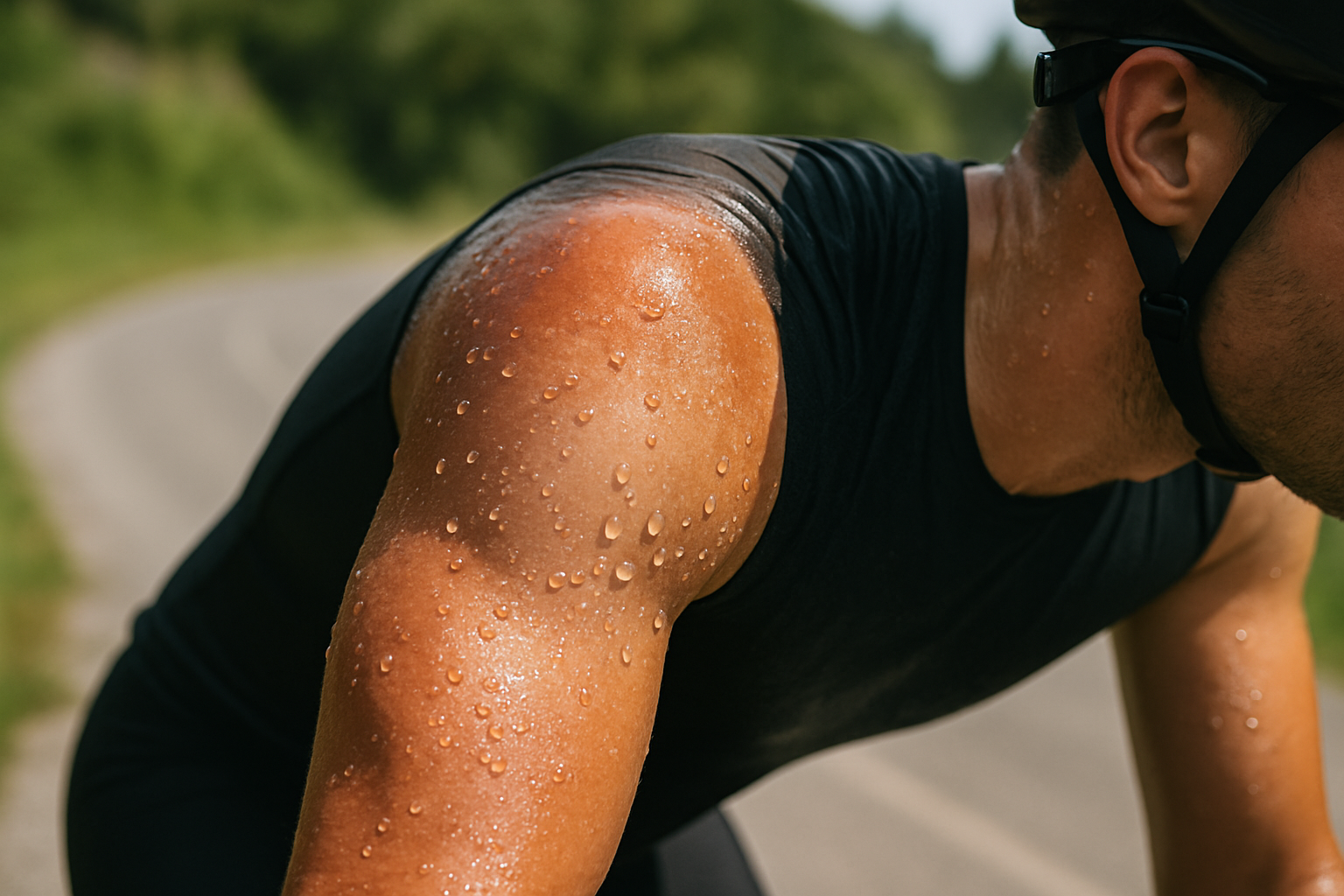Managing your body temperature effectively is crucial for peak performance, especially in endurance sports like triathlon. The human body works diligently to maintain homeostasis—our body’s internal equilibrium—ensuring optimal functioning despite external conditions. Under normal circumstances, homeostasis regulates body temperature through mechanisms like sweating, shivering, and altering blood flow to the skin, allowing the body to remain around its ideal core temperature of approximately 37°C.
However, during intense activities such triathlon, especially in hot climates, maintaining optimal body temperature becomes significantly more challenging. Elevated core temperatures can lead to dehydration, decreased performance, heat exhaustion, or worse, heat stroke. To perform at your best, proactive management of body temperature is essential.
One of the leading innovators in thermal regulation technology is CORE. This company has developed wearable sensors that continuously measure core body temperature, offering triathletes real-time data and insights to help adjust their pacing and hydration strategies proactively. By integrating CORE’s sensor data into your training and racing plans, you can effectively maintain optimal body temperature and boost overall endurance performance.
During a hot triathlon race, using ice strategically is an efficient way to manage body temperature. Key spots to place ice for rapid cooling include:
- Inside the front of your tri-suit: This provides direct cooling near your torso, helping reduce your core temperature quickly.
- Under the cap or visor: Cooling your head helps maintain cognitive clarity and prevents overheating.
- On your wrists and hands: These areas have extensive blood vessels near the surface, offering rapid cooling as blood circulates.
- Around your neck: Cooling this region reduces overall heat sensation and enhances comfort, contributing to better endurance.
By strategically using ice in these critical areas and leveraging innovative technology like CORE sensors, triathletes can proactively manage their body temperatures, maintain homeostasis under challenging conditions, and optimise their race-day performance.
